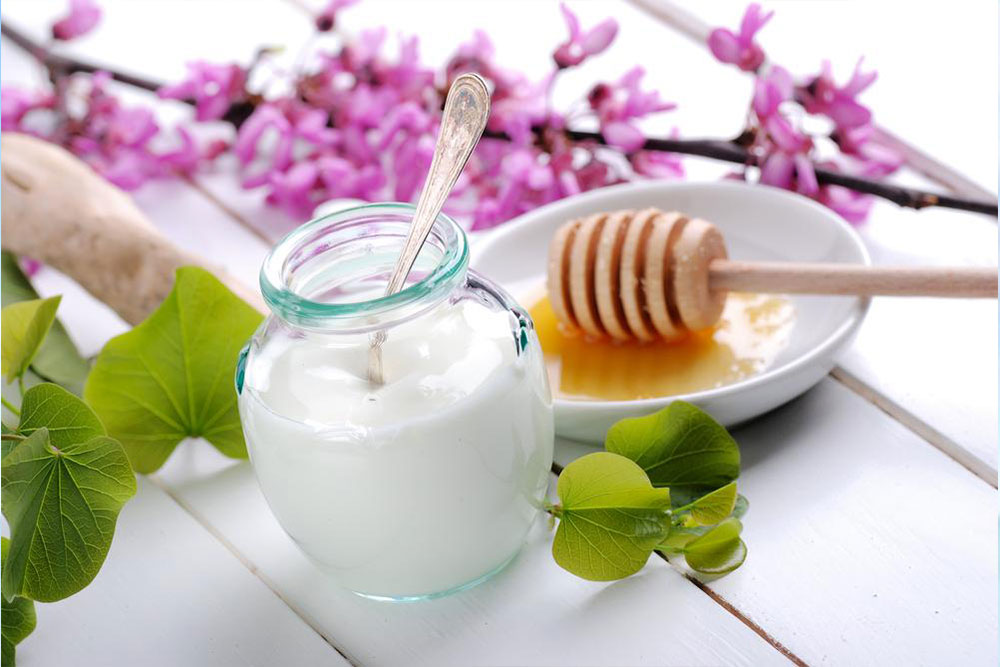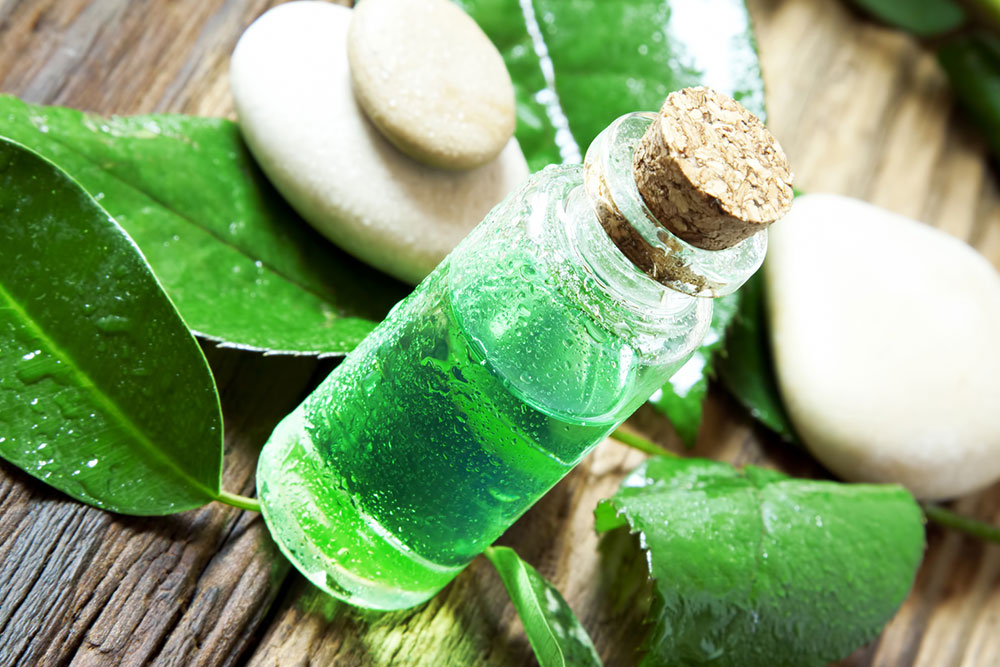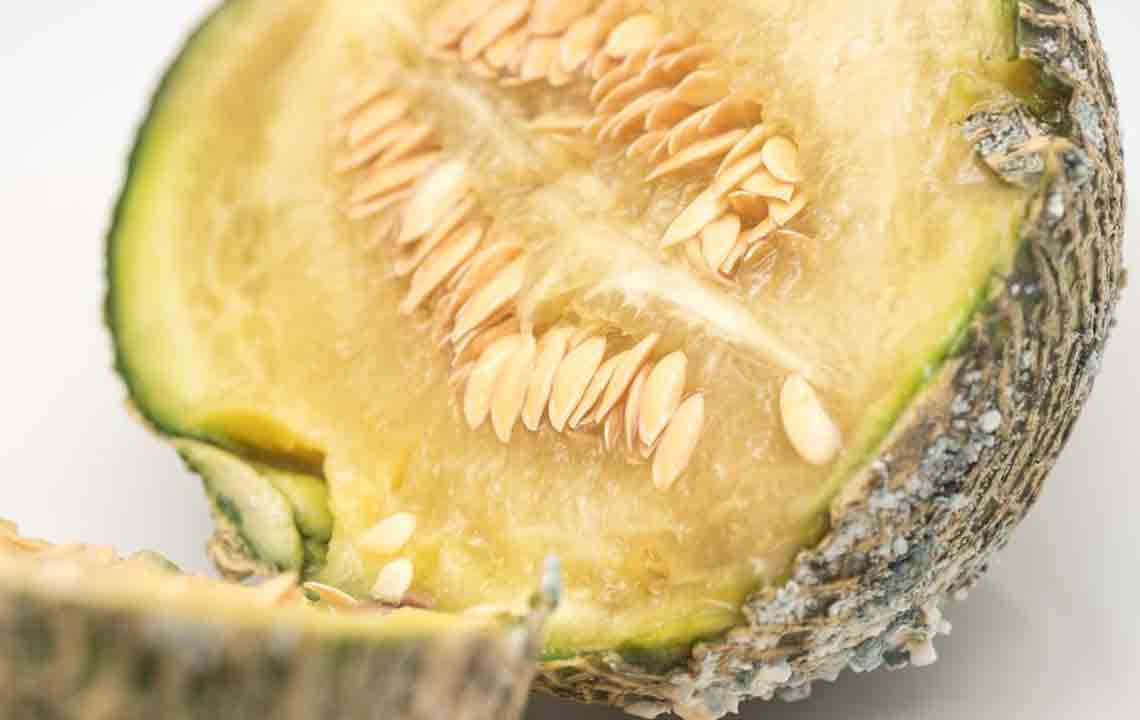Comprehensive Guide to Preventing and Managing Vaginal Yeast Infections
This comprehensive guide provides effective strategies for preventing and managing vaginal yeast infections through diet, natural remedies, and medical treatments. Gain insights into fostering healthy bacteria, using antifungal medications, and understanding when to seek professional help to maintain vaginal health and comfort.

Comprehensive Strategies to Prevent and Manage Vaginal Yeast Infections
Vaginal yeast infections are a common health concern affecting women of various ages worldwide. These infections occur when an overgrowth of fungi, specifically the Candida species, disrupts the natural vaginal flora, leading to uncomfortable symptoms and potential health complications. Understanding the causes, symptoms, and effective management strategies can significantly improve quality of life and reduce recurrence rates.
Vaginal candidiasis, often referred to as a yeast infection, manifests through symptoms such as intense itching, burning sensation during urination, abnormal vaginal discharge, redness, swelling, and soreness. While these symptoms can cause considerable discomfort, they are typically manageable with a combination of lifestyle adjustments, natural remedies, and medical treatments. This comprehensive guide explores evidence-based approaches and proactive measures to combat vaginal yeast infections effectively.
Incorporate Probiotic-Rich Foods: Maintaining a healthy balance of bacteria in the gut and vaginal area plays a crucial role in preventing fungal overgrowth. Consuming probiotic-rich foods like yogurt with live cultures, kimchi, miso, naturally fermented pickles, sauerkraut, kefir, and sourdough bread can foster beneficial bacteria that suppress Candida overgrowth. When integrating these foods into your diet, it’s essential to choose high-quality, unpasteurized, and organic options to maximize health benefits. Always consult with a healthcare professional before making significant dietary changes, especially if you have underlying health conditions or are pregnant.
Utilize Over-the-Counter Antifungal Treatments: For immediate relief from symptoms, OTC antifungal creams and ointments, such as clotrimazole or miconazole, are readily available and effective. These topical treatments target the fungal infection directly and often lead to symptom improvement within a few days. When selecting an OTC product, consider reviews, ingredient lists, and allergy potential. Proper application as per instructions is vital for optimal results. If symptoms persist beyond the prescribed period or worsen, seeking medical advice is recommended.
Explore the Benefits of Essential Oils: Natural oils like coconut oil, lavender, oregano, clove, and tea tree possess powerful antifungal properties. These oils can be used topically or added to baths for soothing relief and infection control. Use only high-quality, organic, and pure essential oils to prevent skin irritation or adverse reactions. To ensure safety, dilute strong essential oils before application and avoid direct contact with sensitive tissues. Consulting a healthcare provider or aromatherapist before use can help prevent misapplication and ensure safety.
Address Nutritional Deficiencies with Vitamins: Persistent yeast infections may be linked to deficiencies in vitamins such as vitamin D, zinc, and B-complex vitamins, which support immune health. A diet rich in fruits, vegetables, lean proteins, and whole grains, combined with targeted supplements if necessary, can strengthen the body’s defenses against fungal overgrowth. A consultation with a nutritionist or healthcare provider can determine appropriate supplementation plans tailored to individual needs.
Seek Medical Prescriptions for Recurrent Infections: Frequent or severe yeast infections require professional evaluation. Physicians may prescribe oral antifungal medications like fluconazole, intravaginal suppositories, or topical ointments. Completing the entire course of treatment and attending follow-up appointments are critical to prevent recurrence and complications such as secondary bacterial infections or resistance. If infections persist despite treatment, further investigations may be necessary to identify underlying causes.
Minimize Antibiotic Usage: Broad-spectrum antibiotics can disrupt the natural balance of bacteria in the vagina and gut, facilitating fungal overgrowth. Use antibiotics only when prescribed by a healthcare professional and complete the full course to prevent resistance. Discuss options with your doctor if antibiotics are necessary, and explore probiotic supplementation to restore healthy flora during and after antibiotic therapy.
Consider Boric Acid Suppositories: Boric acid, administered as vaginal suppositories, has demonstrated efficacy in treating refractory or recurrent yeast infections, particularly those caused by non-albicans Candida strains. It works by altering the vaginal environment, making it less hospitable for fungi. However, boric acid should be used under medical supervision, as improper use can cause irritation or toxicity. It is contraindicated during pregnancy, so pregnant women should avoid this treatment and seek alternative options.
By adopting these holistic and medical approaches, women can take proactive steps to prevent, reduce, and manage vaginal yeast infections. Emphasizing good hygiene, dietary choices, and consulting health professionals ensures effective treatment and minimizes the risk of recurrence. Always remember, persistent or severe symptoms necessitate prompt medical attention to avoid complications and maintain overall reproductive health.





